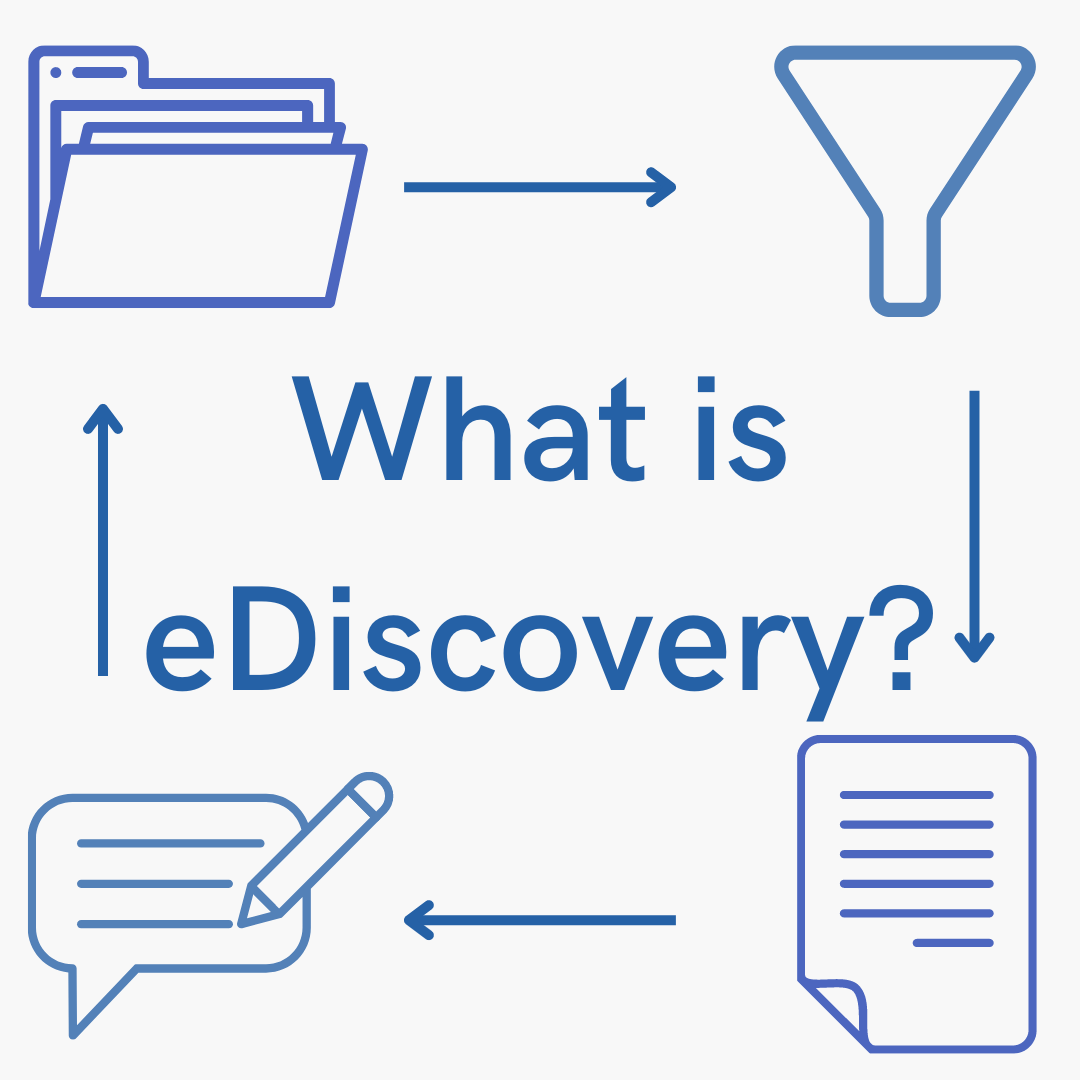
eDiscovery or Electronic discovery is the electronic aspect of identifying, collecting and producing electronically stored information (ESI) in response to a request for production in a lawsuit or investigation. It is a crucial litigation and investigation asset and includes, but is not limited to information stored in, emails, documents, presentations, databases, voicemail, audio and video files, social media, and websites.
The term 'eDiscovery' is actually fairly new in the world of legal jargon - with its first official use being in 2005 when the US Supreme Court amended the Federal Rules of Civil Procedure (FRCP) to include a section on electronic records. Before the invention of email and other such 'instant messaging' softwares, there was just 'Discovery' plain and simple... though simple it was not!
Prior to the rise of eDiscovery, the discovery process was incredibly laborious and time-consuming. It involved a team of lawyers sifting through pages and pages of correspondence, bills, testimonies etc. if it had the potential to be relevant to a case it was shoved in a box and reviewed. This became significantly more complicated when email was invented. Empowered by the ease of communication, suddenly the one to two boxes of letters became five to six boxes of emails, not to mention they had to be accessed and printed before they could even be reviewed! The old ways weren't working anymore in this new age of data and so eDiscovery was born.
Data Collection:
Most of the complexity surrounding e-discovery arises due to the sheer volume of electronic data that has to be collected and stored. Unlike hardcopy evidence, electronic documents are far more dynamic and contain information we call metadata. Metadata is all the background information that makes up an electronic document such as time-date stamps, author and recipient information, and file properties. Preserving the original content and its metadata for electronically stored information is a necessity in order to eliminate claims of spoliation or tampering with evidence later in the litigation.
Spoliation - The act of ruining or destroying evidence.
With the penalties for spoliation being markedly severe, the importance of a thorough and forensic data collection process cannot be overstated. Forensic data collection is the process of creating an uneditable image of a document and its metadata. This allows for the handling and processing of the documents without the risk of making accidental changes to its metadata, which can not only leave you open to spoliation issues but can also severely impact the efficacy of the following document review. Forensic data collection professionals can also see where files and data have been deleted to potentially hide evidence and can in some cases restore that information.
Many law firms/legal departments decide to procure outside services to aid with data collection due to the complicated nature of forensic collection, however, it is possible to self collect if you are very sure of what you are doing. Though we would ALWAYS recommend seeking professional help with such complicated matters, we have also produced a handy guide on using a piece of software called 'FTK Imager' that will allow you to self-collect evidence in a slightly more robust way.
The eDiscovery Process:
The overarching eDiscovery process is laid out in full in the EDRM - The Electronic Discovery Reference Model. This describes in detail everything from information governance (what information, where and why) through to production and the presentation of your findings in court. While the EDRM is incredibly thorough, we find that when most people ask 'What is eDiscovery?' they are usually referring to the inner portion of the reference model from collection to production, so this is where we shall focus our attention.

The goal of eDiscovery is to take a high volume of potentially relevant data and, following the eDiscovery process, whittle it down to be a small volume of definitely relevant information.




